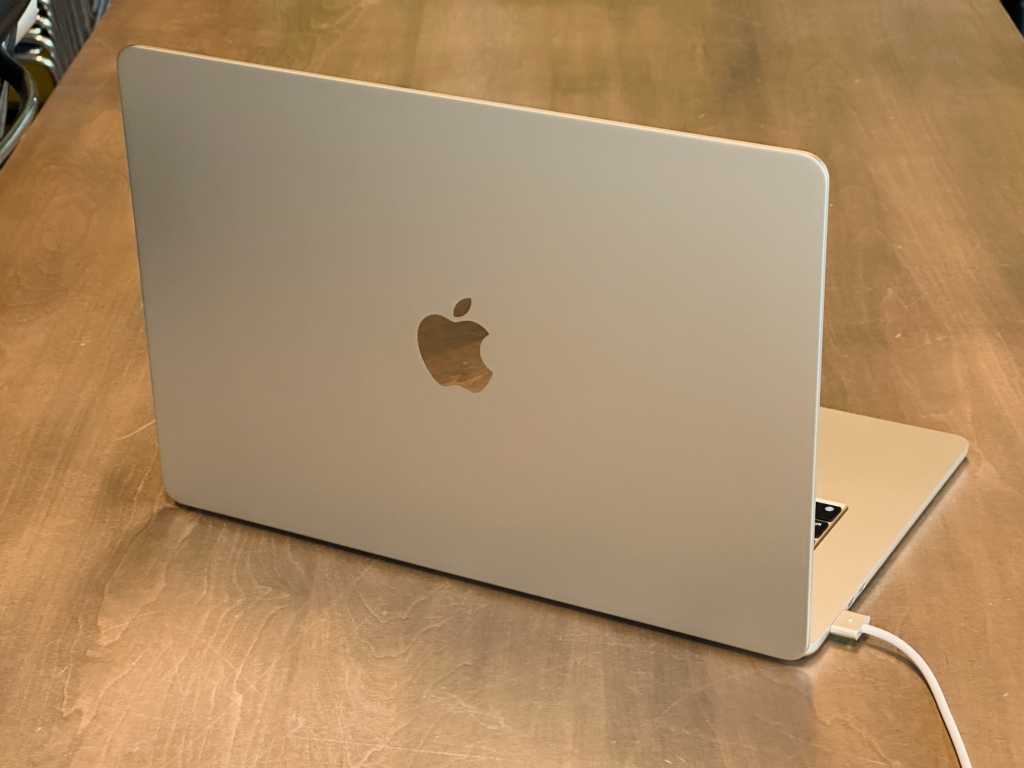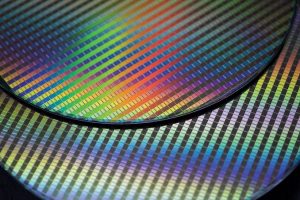
The musician Stephin Merritt once joked that he would be happy to sell only a single copy of each album he makes, provided that single copy costs $100,000. Which coincidentally is pretty close to Apple’s marketing strategy for Vision Pro.
I jest, of course: you can’t run a multi-trillion-dollar corporation that way. Apple loves its margins, but it needs volume too if it wants to keep paying out those juicy shareholder dividends. And as much as Tim Cook would like every product sold to be marked with the surnames Pro, Max, or Pro Max—and as hard as the company works to upsell at every possible opportunity—the cheaper devices further down the range are just as important to Apple’s overall success.

The Apple Watch SE hasn’t gotten much of an update since 2020.
Dominik Tomaszewski / Foundry
It’s odd, then, that this year has been such a disappointment for so many of Apple’s budget products. The current versions of the iPhone SE, Apple Watch SE, and baseline iPad all came out in 2022, but they received no more love in 2024 than they did in 2023. The 10th-gen iPad remains oddly appealing, thanks to a timely price cut and the generally lower importance of state-of-the-art specs in the tablet space. But the two SE devices are looking their age. They need an update, and soon.
On which front, there’s good news and bad news. Here in Europe, the 3rd-gen iPhone SE is set to vanish from sale at the start of 2025… not because it isn’t good enough, but because Apple neglected to launch a version with USB-C despite having two years to prepare for incoming regulations. The iPhone 14 and 14 Plus are getting the chop too, which will leave Apple without any kind of remotely budget-focused smartphone in a major market. Presumably this will help motivate the company to launch the 4th-gen iPhone SE in a timely fashion, probably in March or April 2025.
An overdue upgrade for Apple’s SE products
We’ve had to wait a long time for it to arrive, but the next iPhone SE does sound like an intriguing proposition. It’s all change on the design front, for example. At long last the SE is going to ditch the Home button (angry emails to the usual address) and catch up with the design trends of… well, 2017. But that’s still an improvement.
In terms of componentry we can look forward to a powerful 48MP camera and Apple’s in-house 5G modem, which should mean improved battery life. And there will reportedly be an A18 processor inside that modern chassis, same as in the iPhone 16, plus 8GB of RAM. These upgrades are necessary to make the SE compatible with Apple Intelligence, with vastly improved all-round performance a happy side effect. And it all adds up to an iPhone SE that’s actually special.

The iPhone SE is reportedly getting an iPhone 15 glow-up next spring.
Dominik Tomaszewski / Foundry
The Apple Watch SE is less likely to get a major revamp in 2025, but it will surely get an upgrade of some sort. This may well involve a new material; Apple is understood to be working on a switch from aluminum to brightly colored plastic in order to lower costs and appeal to younger customers. It will also get a processor upgrade; not something that one would normally view as a priority for a budget smartwatch, but worthwhile when the silicon in question is functionally identical to the S6 chip from 2020. A performance bump is overdue.
And as for the standard iPad, 2025 should see the long-awaited launch of the 11th-gen model. As explained above this is less urgent than the sorely needed refreshes to the two SE devices, but could we dream of finally getting a laminated screen on the entry-level iPad? Obviously Cupertino will be keen to add support for Apple Intelligence, too, which means substantial spec upgrades. And a bump back up to $449? Let’s hope not, but you know, swings and roundabouts.
What about the cheaper Macs?
On the other side of Apple’s portfolio, 2024 was a more productive year for the baseline models. The MacBook Air (which can be taken seriously as a budget product only if you keep an eye firmly trained on the MacBook Pro’s eyewatering price list) saw a handy upgrade to the M3 chipset that we felt improved on greatness; while the Mac mini received a fabulous redesign that meant it finally lived up to its name. Both are worthy of a hearty recommendation.
But there’s more to come next year. The Air will be updated again in the first half of next year (probably some time between January and March) to get the M4 chip and a new Center Stage camera. The latter should solve one of the machine’s few weaknesses: that 1080p FaceTime camera. The Mac mini will join the M4 gang too, although later in the year. An October announcement sounds about right.
The trend towards cheap
We spent a couple of years complaining about Apple’s upsell strategy, whereby it would deliberately leave features out of entry-level products, sometimes going so far as to equip them with the previous year’s processors, in order to push customers towards the Pro models. This was annoying, we felt, not to mention ill-suited strategically to a time of stagnant wages and a high cost of living. But now we’re starting to notice a change: the company’s cheaper products have started to look like excellent choices once again.
If this trend started in 2024, it will spread its wings in 2025. The two SE updates are long overdue and should bring good-quality phones and watches within the reach of customers on a budget. And I’m looking forward to seeing what Apple does with the 11th-gen iPad; if the price is too high then we can still buy the 10th-gen model, which might even get another price cut to celebrate. As for the M4 Mac mini… who needs a Mac Studio when the budget model is that powerful?
As I explained when discussing the new iPad mini—perhaps not quite a budget product, but good value for what it offers—the tech industry and tech buyers in turn, are sometimes guilty of neglecting products that compromise. But compromise is important. That doesn’t mean accepting devices that don’t do what you need. But it means refusing to pay for anything more.
It’s taken Apple a while to remember that there are people out there who don’t have a small fortune to throw at consumer tech, but I’m glad we’ve got there in the end. And I’m pleased to report that 2025 already looks like a bumper year for Apple’s budget lines.




